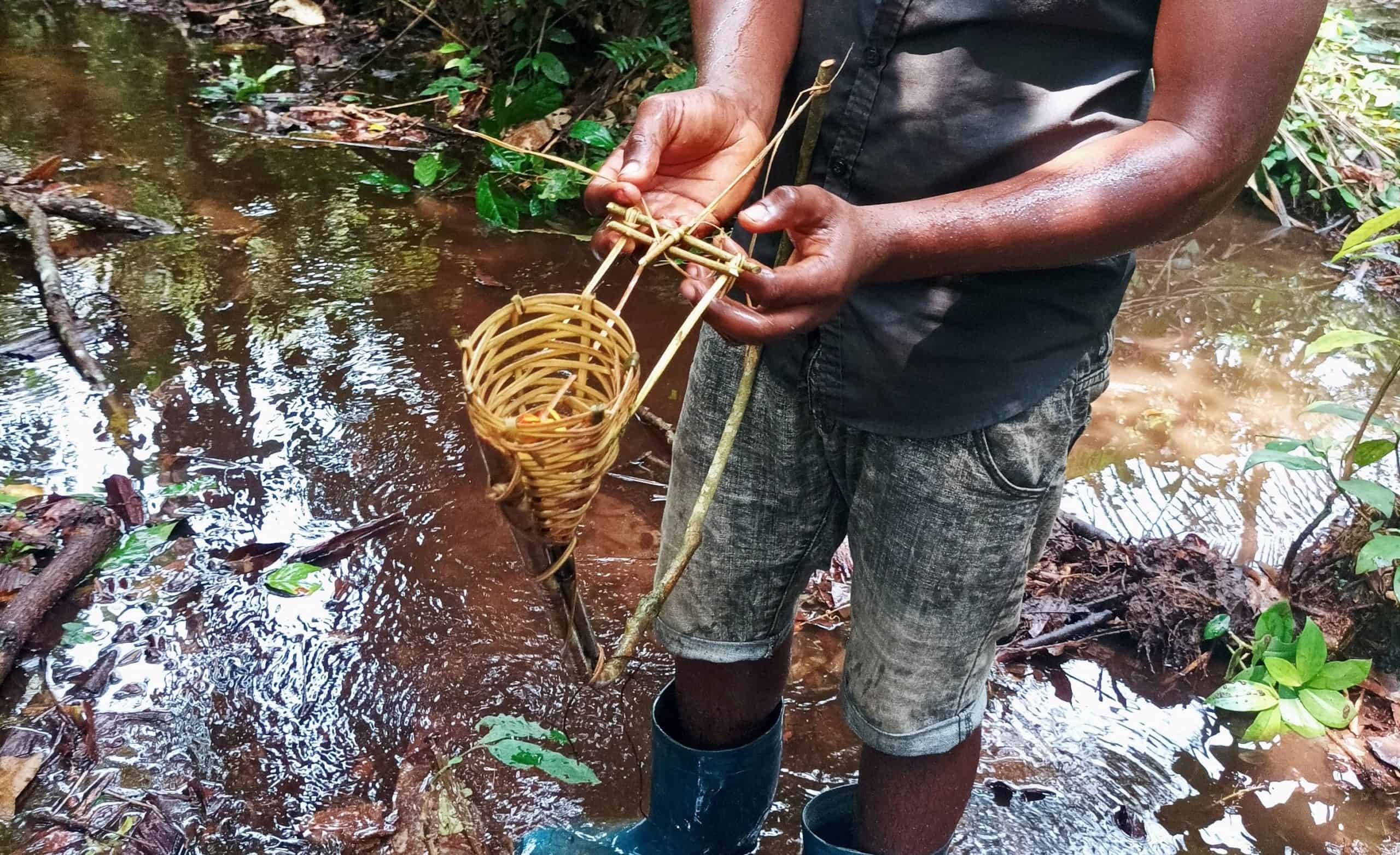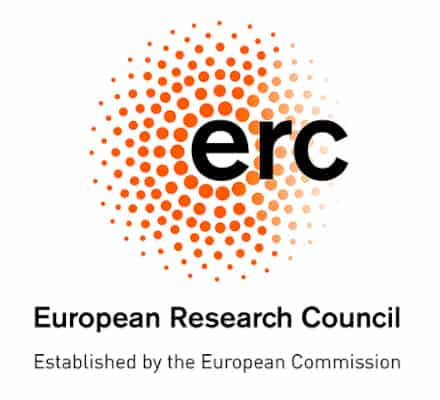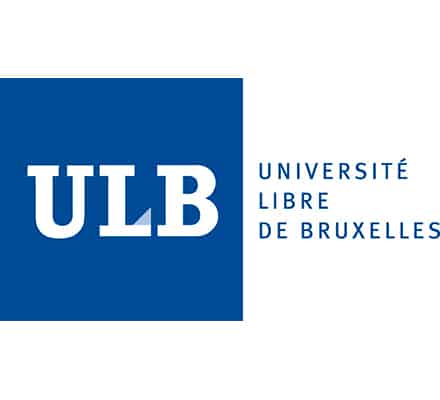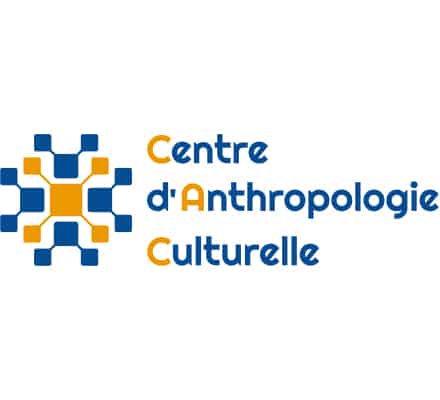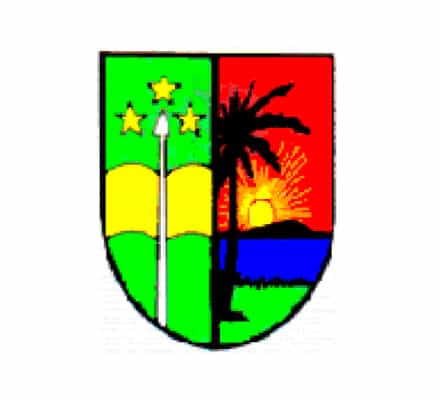Picture: Placing of the fish trap with spring Lisombo (Mbole Yaima), village of Yamboka, Opala territory, Tshopo, RDC. Photo: Victor Yaaya, June 2023.
The impressive variety of fish in the Congo basin is not confined to large rivers and waterways. The diverse ecosystem of the rainforest makes fishing an important activity for forest dwellers as well. Forest fishing is highly dependent on the yearly rhythm of dry and rainy seasons, when rain invades and floods the saturated forest soils, only to withdraw and leave them dry as soon as the season changes. A great variety of fish, but also human forest dwellers, have learned to appropriate this “vascularity” of the forest (Dounias et al. 2016), so as to make an ideal living from this “flood pulse” (Wantzen et al. 2016).
The Congo basin’s forests are not just a fascinating site for the anthropological inquiry into multi-species interdependencies and more-than-human encounters of today. They also provide a window into the past: the variety of fishing and hunting techniques and technologies that have emerged over centuries and millennia in support of local livelihoods also offer a unique glance into the history of human encounter and exchange.
While the use of rivers, including for fishing, remains at the heart of the Banturivers project, we are also interested in the neighbouring waterways. Banturivers’ anthropological research team complements the materials and insights of the linguistic and archaeological facets of the project by comparing and contrasting contemporary practices of forest-based fishing. Ethnographic fieldwork is being carried out regarding the material and symbolic practices of forest fishing in three communities speaking languages of different Bantu sub-groups (Lualaba, Aruwimi, and Lomami). The team aims to identify continuities and/or innovations in contemporary fishing practices so as to, on the basis of actual ethnographic observation, identify traces of joint historic origins, contact and exchange, and/or local innovation.
Fieldwork is being undertaken by Dr. Peter Lambertz (ULB), Prof. Victor Yaaya Liagologa (Unikis) and Emmanuel Makoka Lindembo, M.A. (Unikis), under the guidance of Prof. Véronique Daou (ULB), in a frequency adapted to the yearly cycle. The field work is guided by the chaîne opératoire methodology (Gosselain 2017), while local oral traditions and other cultural features serve as additional paths into the past.
The most challenging part of the research is by far the conclusive and reliable evaluation of contrasts and continuities, which appear both on the semantic level of vocabulary and symbolism, and on the material level of trap manufacture and body technique. Still, as always, fieldwork is rewarding. It always comes with wonder and surprise: the team identified different styles of local canoe-making, with aims to develop this into a larger research topic; and in addition to multi-species ethnography as a novel research methodology, the team has discovered recent anthropocenic materials such as plastic being incorporated into millennia-old fishing techniques. Moreover, longstanding practices of community fishing are today undergoing transformations due to demographic pressure and climate change.
References
Dounias, Edmond, Serge Cogels, Serges Mvé Mbida, et Stéphanie Carrière (2016), “The Safety Net Role of Inland Fishing in the Subsistence Strategy of Multi-Active Forest Dwellers in Southern Cameroon“, dans: Revue d’ethnoécologie 10.
Olivier P. Gosselain (2017), “Technologie comparée”, dans: Smith, Alexandre Livingstone, Els Cornelissen, Olivier P. Gosselain, et Scott MacEachern (s.dir.), Manuel de terrain en Archéologie africaine, Tervuren: Musée Royal de l’Afrique Centrale (coll. Documents de Sciences humaines et sociales), p. 292-295.
Wantzen, Karl Matthias, Aziz Ballouche, Isabelle Longuet, Ibrahima Bao, Hamady Bocoum, Lassana Cissé, Malavika Chauhan, et al. “River Culture: An Eco-Social Approach to Mitigate the Biological and Cultural Diversity Crisis in Riverscapes“, dans: Ecohydrology & Hydrobiology, New Challenges and Dimensions of Ecohydrology, Part II, 16, Nr. 1 (1. Februar 2016): 7–18. https://doi.org/10.1016/j.ecohyd.2015.12.003.

